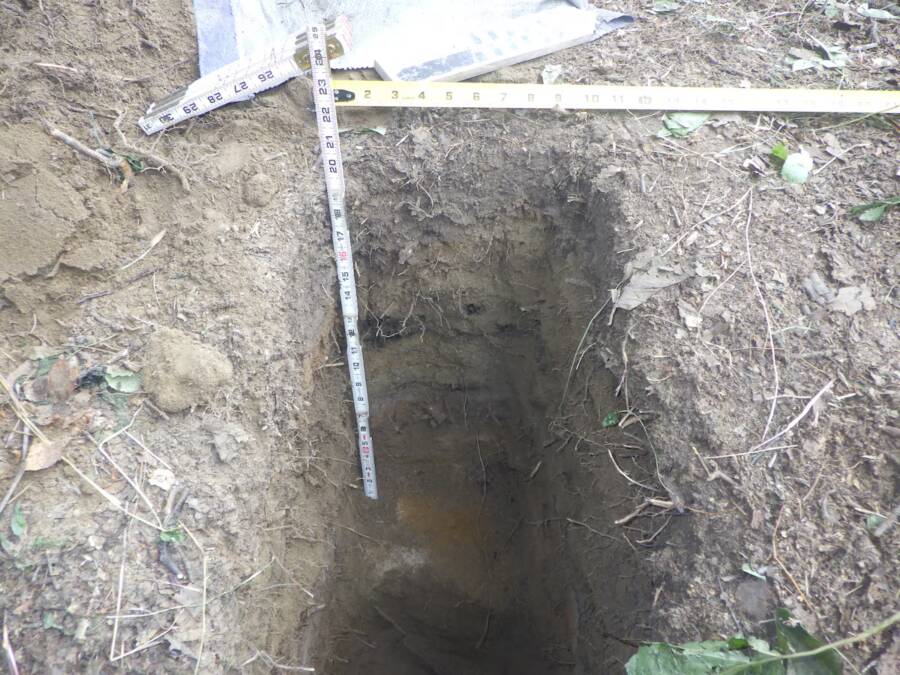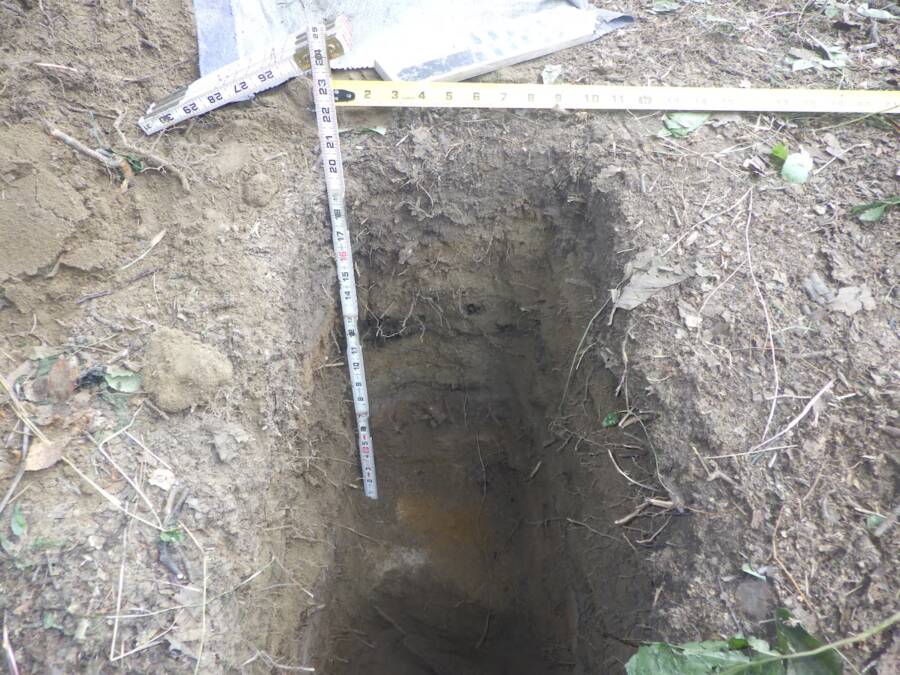“Ancient Alaskan Discovery: Secrets of a 1,000-Year-Old Indigenous Food Cache Unveil Surprising Moose and Caribou Connection!”

Joint Base Elmendorf-RichardsonThe pit was 3.5 feet deep and lined with birch bark and layers of grass.
“When we got the results back that said it was 960 years, plus or minus 30, we were shocked,” Liz Ortiz, an archaeologist and cultural resources program manager with JBER, told local news station KNBA. “[We] were jumping up and down in our cube in tears. It was very, very exciting.”
Ortiz and fellow researchers believe the cache’s discovery could provide an important learning opportunity regarding the region’s Indigenous history.
“Anchorage is a new town. You know, 1914 is when it’s first established,” Grover said. “But there are people who were here much longer than that, and they were amazing stewards of this land, and so we have to make sure we acknowledge that.”
How This Dene Food Cache Is Offering New Insights Into Alaska’s Indigenous History
The site where the cache was found has a long history of association with the Dena’ina and Ahtna people, Ortiz explained. It lies along a traditional trail used to travel between what’s now the Anchorage region and the Matanuska and Susitna valleys, where people would remain throughout the spring and summer to catch and preserve salmon.
During these warm months, Indigenous people would also stay in traditional houses known as nichil, which lined the bluff and beach along Upper Cook Inlet. Here, they also erected smokehouses, important buildings for ceremonies, worship, and preserving meat.
While this is not the oldest site of its kind in Alaska — some others have been dated back 14,000 years — it is still an important focal point for study that allows researchers to learn more about the Dene. To this day, half of Alaska’s population today lives within traditional Dene lands. Unfortunately, many of those areas have been disturbed, leaving fewer and fewer opportunities to examine sites such as this.













